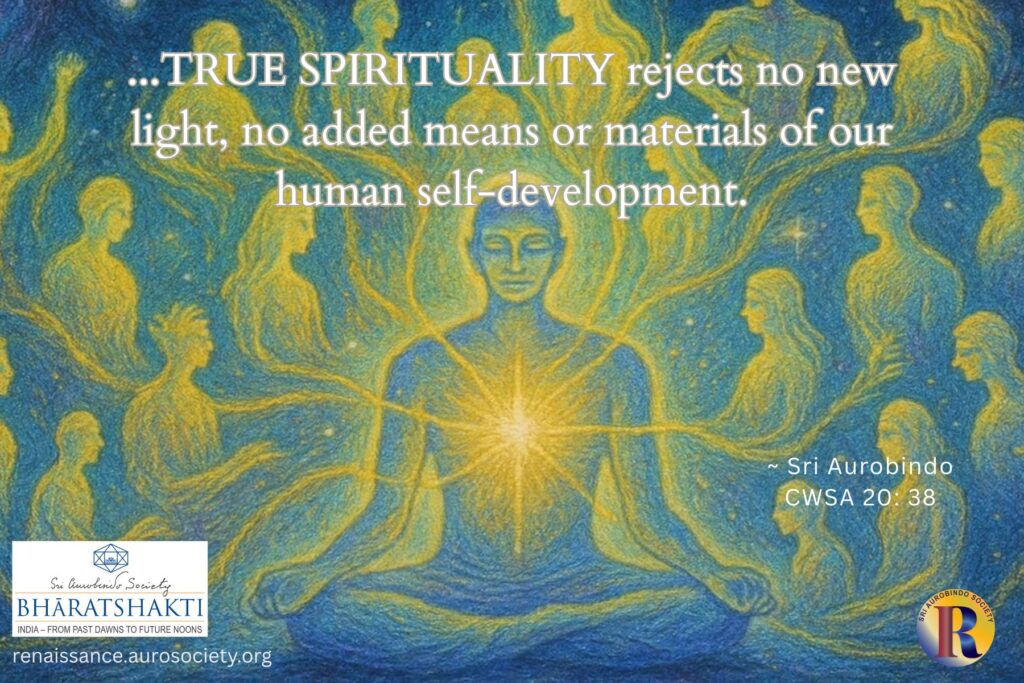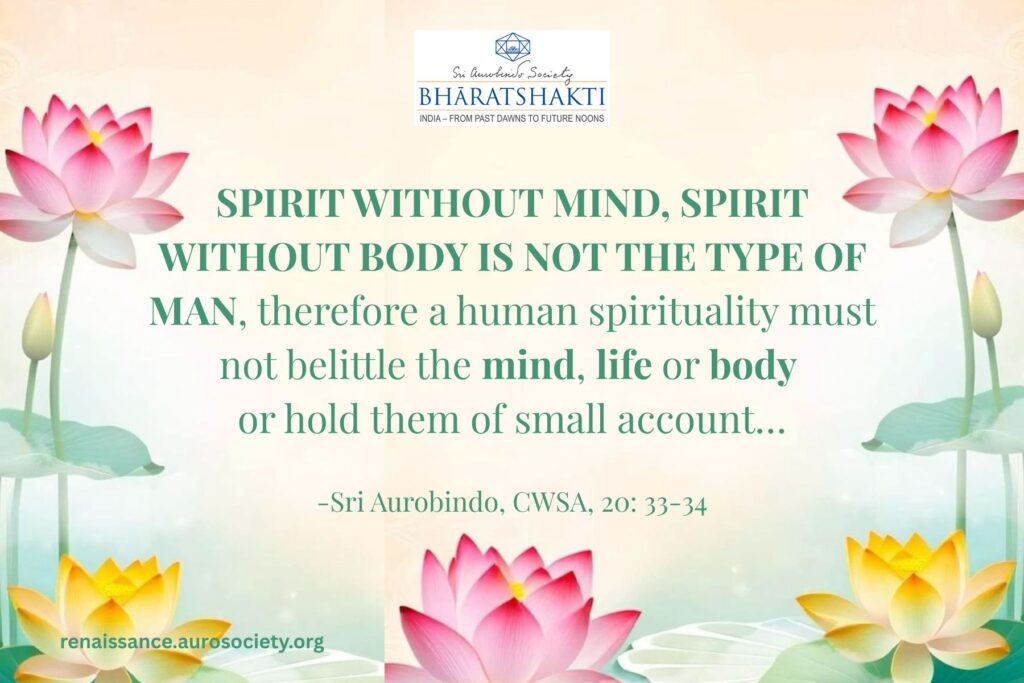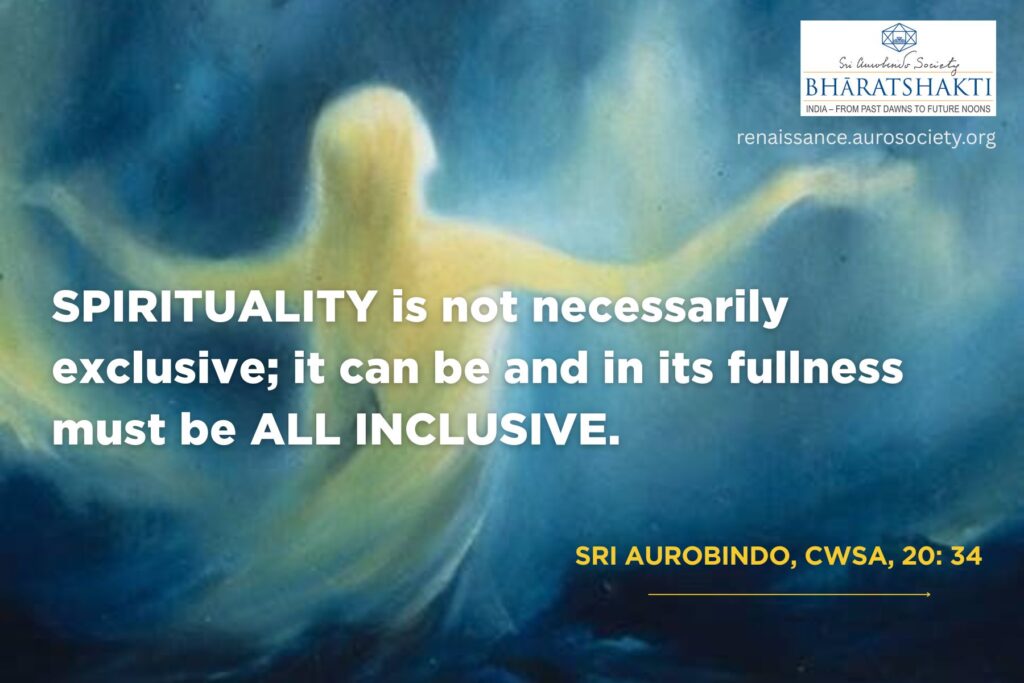Volume 1, Issue 8
Author: Beloo Mehra
CONTINUED FROM PART 1
Editor’s Note: In this second part, Sandeep Balakrishna speaks of the devastating impact of bad educational policy especially concerning Indian languages, and the role of ideologically-biased textbooks and cinema in progressive indoctrination of the students’ minds.
Beloo Mehra: Something that you shared yesterday in your talk, from Ananda Coomaraswamy’s book…incidentally that is one of my favourite quotes of his, I mean, it’s legendary[i]. I keep sharing that in all my classes on education. And the interesting thing is that he had that understating more than 100 years ago when we were still struggling on many counts.
So, the question is this – what happened in all those intermediate 100 years that we are continuing to create these intellectuals whom Coomaraswamy would call even today as “intellectual pariah, not belonging to the East or the West”? I mean, it is pretty sad, in a way.
Sandeep Balakrishna: It’s not easy to answer because it requires us to revisit the cultural history of post-independence India. One thing is that we have failed to create a cohesive national education or a cultural education that binds India together. One major failure was not making Sanskrit the national language or at least making Sanskrit compulsory for all children. So that’s a big failure. A colossal failure.
And the second is this mental slavery out of which we are unable to come out. Take this interview. Here we are speaking in English, right? So that is a big education policy failure, I would say. Yea, so instead of decolonising ourselves we became more and more colonised, in a very fundamental way at the level of language. See, among the people who were born in the 60s or 70s, you will not find many who barely know their own mother tongue. But unfortunately, now we have reached a point where children cannot speak any language fluently. Forget their mother tongue. They can’t speak any language fluently including English. They can’t write.
I mean, I was in the IT industry for a long time and I would look at all these email exchanges, official email exchanges relating to something. And the English was appalling. And I would tell these people – look you speak in your mother tongue and tell me whatever it is that you want to say in the email, you just speak it out in your mother tongue. Their mother tongue is neither English nor Tamil, neither Kannada nor Hindi. So, basically, they are rootless, completely. So a big part of this has to do with education, with the failure of building up a proper education policy and a proper cultural policy.
BM: In one of your essays you say something very simple but very profound. It is profound in its simplicity, I would say. I am referring to where you speak of how somebody could understand nationalism. It is the love for the country, it is that simple. Our education system has also failed to inculcate in the children this love for our nation. And now we have come to this point where the idea of nation itself is being questioned.
SB: Yes, it is dangerous, it is narcissistic. After the Marxist thinkers and historians took over the education, they deliberately did this. They deliberately said India is not one nation. Of course, you can’t say that so openly to your kids. But there are other ways to do this. Just do the review of textbooks from 1970s onward. Or maybe even from last year, wherever the new batch of textbooks has come in from class three to class twelve. You will be shocked. The progressive indoctrination, whether it is of the anti-India type or the anti-Hindu variety, it has been slowly happening through the textbooks that our children are reading.

BM: In addition to education the other thing that shapes the young mind is the popular media, mass media. And I know that you have written several essays deconstructing some of the popular films. What do you think should be the responsibility or the role of this massive film industry that we have, because this medium has such a huge impact, especially on the minds of the youth?
What should be the mass media’s role in order to, maybe, inculcate some of these things we have been speaking of – whether it is love for the nation or pride in our cultural ethos or even giving hints on what a meaningful education could look like. Or, even suggest something as basic as the fact that we need not always try to understand the dynamics of our society with a Marxist lens of rich versus poor kind of perspective. And here I am speaking particularly of this series of articles you did recently about a popular Hindi film from the 70s. So, what in your view, is the role of mass media, in a society like ours?
SB: Are you talking purely in terms of art?
BM: No, we can speak more in terms of the commercial media, cinema to be precise.
SB: Ok, we’ll narrow it down to this itself. If you briefly trace the history of cinema, especially Hindi cinema, it reached a certain inflection point after which it no longer was called Hindi cinema. It suddenly, without our knowledge, transformed into Bollywood. Now what does that even mean? It is like – ‘dekho we are your imitator, Hollywood. We used to be called Hindi cinema, but we want to be ‘wood’, one of the woods.’ So that marked a clean break.
Until then most of the film makers, … for the most part, tried to give a somewhat balanced perspective. For most part, the writers, film makers, directors – they all were culturally rooted in the sense that they had a gaon to go back to. They had come from some kind of village or had a rustic kind of a background, and they were more comfortable speaking in Hindi, Bhojpuri, Marathi, whatever and not in English. English was unheard of, I mean, writing script in English script for Hindi cinema was unheard of, which is the trend now. Scripts today are written in English. Everything is written in English. So that was the inflection point – Hindi cinema becoming Bollywood.
For example, you take Manoj Kumar. He would sing this whole patriotic song using what? What was the backdrop he would have? A plough, yes, in agricultural field – mere desh ki dharti and all that, so that was a different kind of patriotism. Some may laugh at this kind of stuff today, or whatever. The point is this – it was ingrained in them. Even without that song the movie would have run, but this was their way of film making or their cinematic vision. Whether it is artistic or not, that doesn’t concern us. But eventually this breed vanished.

When it was replaced by that trio of Javed Akhtar, Amitabh Bachchan and the directors, say Prakash Mehra and Manmohan Desai and a few others, this balancing thing almost disappeared. I am not saying they did this deliberately. No. But except for some movies by Javed Akhtar, most of them began to tow the communist line and they did it beautifully. That we will understand only in retrospect. You won’t understand it when you were growing up watching those movies. Even me I was a big fan of those movies.
So, this takes me back to answering the first question when we started this interview – how do we make these links? In retrospect, you look at this and you have a base of some kind learning, and that’s how these things become clear. Like this communism thing in movies from 70s, especially. Show me one movie from that time, which criticised the then-government or the policies of the government of that period. Just one movie. Ok there were a couple of films like Aandhi, Kissa Kursi Ka, that’s fine. Those are very brave people who made those. But otherwise the general trend was like this only – to show the communist type of solution to address the issue.
Let’s see now. It was the government led by Indira Gandhi which pushed these extreme socialist policies. You had lots of shortages, black marketing, etc… all that was direct result of these extreme policies. As a result of that, the society became progressively poorer, poorer, poorer with lot of shortages which breeds social instability. And that is what communist ideologues want. Unless there’s social instability and economic instability they won’t have revolution!
So, she is the one who pushed those policies, as a result of which black-marketeers, and these hoarders were breeding. And we had many movies which had these characters, shown as villains. And then there were our young angry heroes setting things right through revolution, violence whatever. This is how policy structure of that time was shaping the popular cinema. But cinema of that time didn’t criticise the government policies that resulted in the problems which the films were trying to show!
[i] “It is hard to realize how completely the continuity of Indian life has been severed. A single generation of English education suffices to break the threads of tradition and to create a nondescript and superficial being deprived of all roots — a sort of intellectual pariah who does not belong to the East or the West, the past or the future. The greatest danger for India is the loss of her spiritual integrity. Of all Indian problems the educational is the most difficult and most tragic.” (Ananda Coomaraswamy, The Dance of Shiva, New Delhi: Munshiram Manoharlal, 1997, p. 170)
CONTINUED IN PART 3….
READ PART 1
Cover image: source



